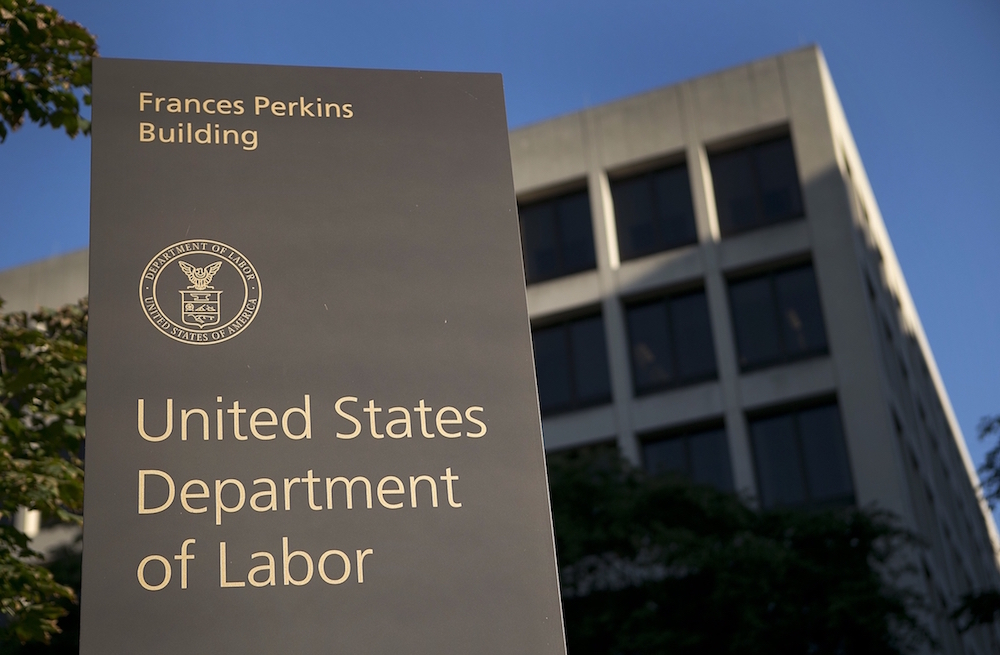
We’ve been through this before, and without a working crystal ball, we may have a similar outcome to the proposed 2020 update to the exempt salary level as we did with the 2016 proposed change. However, it’s better to be safe than sorry.
It is also possible that the DOL won’t give employers much time between the announcement of the final numbers and the compliance date. The DOL is targeting an effective date of January 2020.
Though many employers took action in 2016, even though that DOL proposal never took effect, it is important that all employers make sure they are prepared with what they will do if the new minimum exempt salary is raised from $23,660 to $35,308.
Dust off those often overlooked position road maps – Job Descriptions
We recommend taking a thorough look at those positions you have that are currently classified as exempt – especially those positions that are close to the proposed salary of $35,308. Tammy McCutchen, an attorney with Littler in Washington, D.C., suggests even to review salaries of those employees earning less than $37,000. As always, it is important to look beyond salary levels to actual job descriptions and job duties.
It’s essential to prepare for any changes by developing a thorough understanding of the work your exempt staff perform. Reflecting both what’s in the job description and the day-to-day working reality. Remember, the salary level is only one component of assessing whether a position qualifies as exempt. Make sure that the position’s duties qualify under the exempt duties list. It is the job duties, level of responsibility, and what and how a job is paid that determines whether a position qualifies as exempt or nonexempt.
You have a beautiful window of opportunity to fine-tune your current job descriptions and ensure that your employees are correctly classified. It is not uncommon to find that a position has been incorrectly classified as exempt. Now is the time to fix those issues.
Collect and analyze information regarding job duties and work hours
Now that you’ve done a thorough examination and audit of your exempt positions, you need to look at your budget and decide if you will increase salaries where required or change the positions from exempt to nonexempt. Do this by understanding the work your exempt employees actually perform, reflected both in the job description and in the time it takes to actually DO the job.
You may need to conduct on-site observations, interviews, or time studies of your exempt employees to determine what they do on a daily basis and how many hours your exempt employees work on a weekly basis.
This may be challenging given that many of us don’t require our exempt employees to record their work time, and even fewer of us need our exempt employees to code their work time to specific tasks unless someone is actively working on a grant and are required to count and record their time per the grant.
When a position is exempt, there may not be a big push to be super-efficient because we have more flexibility with our time.
Data on hours worked can be used to identify and predict the number of overtime hours that may be required if currently exempt employees are reclassified. It can also be used to maximize efficiency and hopefully eliminate unnecessary labor hours so that you can keep overtime to a minimum.
Having this information will help you pull together an analysis of potential costs of increasing the salaries to comply with the new threshold or converting some or all employees from exempt to nonexempt.
Defining which positions stay exempt and which ones will transition to nonexempt
There is no definitive answer for you or any easy way to decide who receives an increase to the new pay level and whose position will now be paid on an hourly basis.
It’s all going to depend on your analysis; the data you’ve collected; the culture of your organization and the bottom-line. The bottom-line being what you can afford to do.
With the data you’ve gathered, you can begin to calculate the potential costs of increasing all exempt employees to the new salary threshold and calculate the potential costs of converting some or all exempt employees (perhaps recognizing that it makes sense to transition specific positions, programs or departments) to nonexempt employees.
Calculating various combinations is going to give you a better understanding of the effects and costs of ANY potential changes.
You should realize that for positions you decide to increase to the new salary threshold, there may be a tiny margin between the manager’s pay and what their staff is now paid. This can create some negative – it’s not fair – feelings.
This may drive your analysis to look even beyond those positions directly impacted, to include those higher up. At a minimum, it is important to be open with managers, and recognize and communicate that this may be the reality for now.
501(c) Agencies Trust members with any questions or concerns surrounding employee classification should feel free to contact HR Services.



